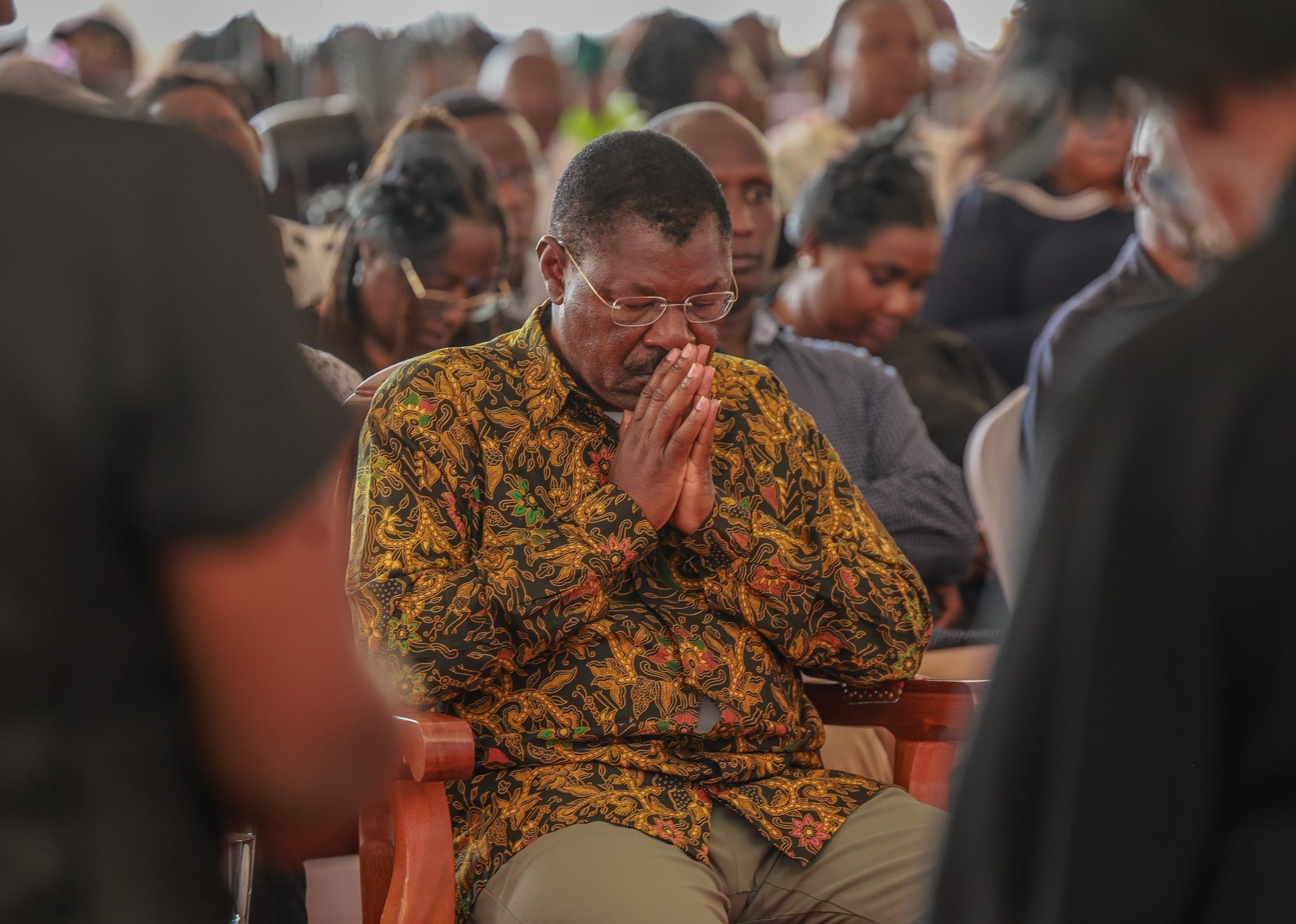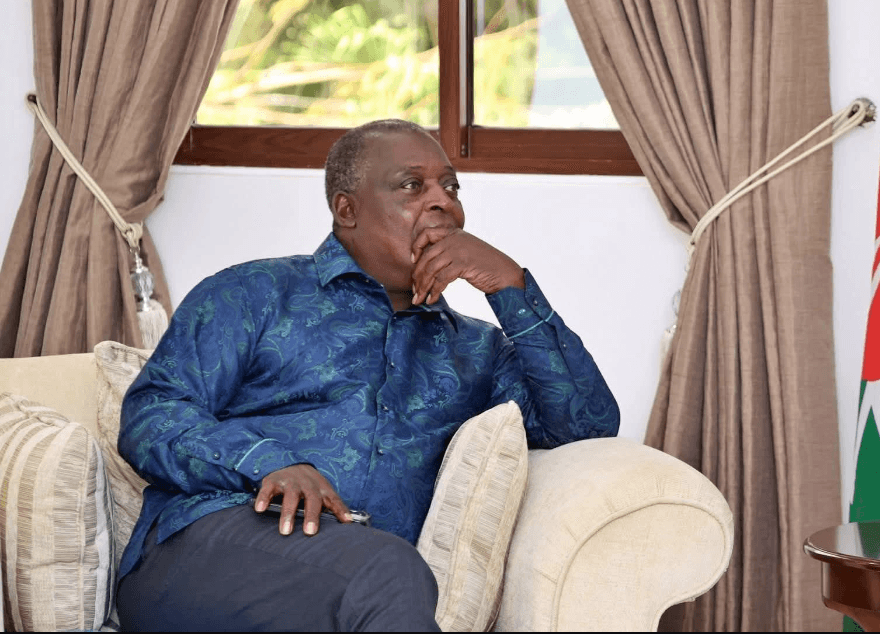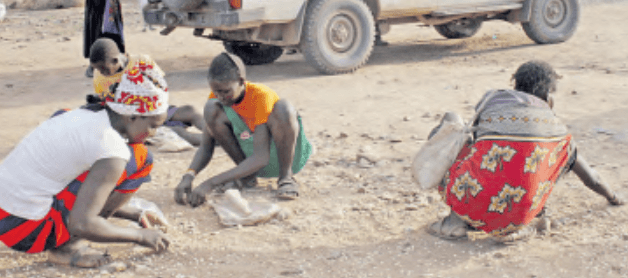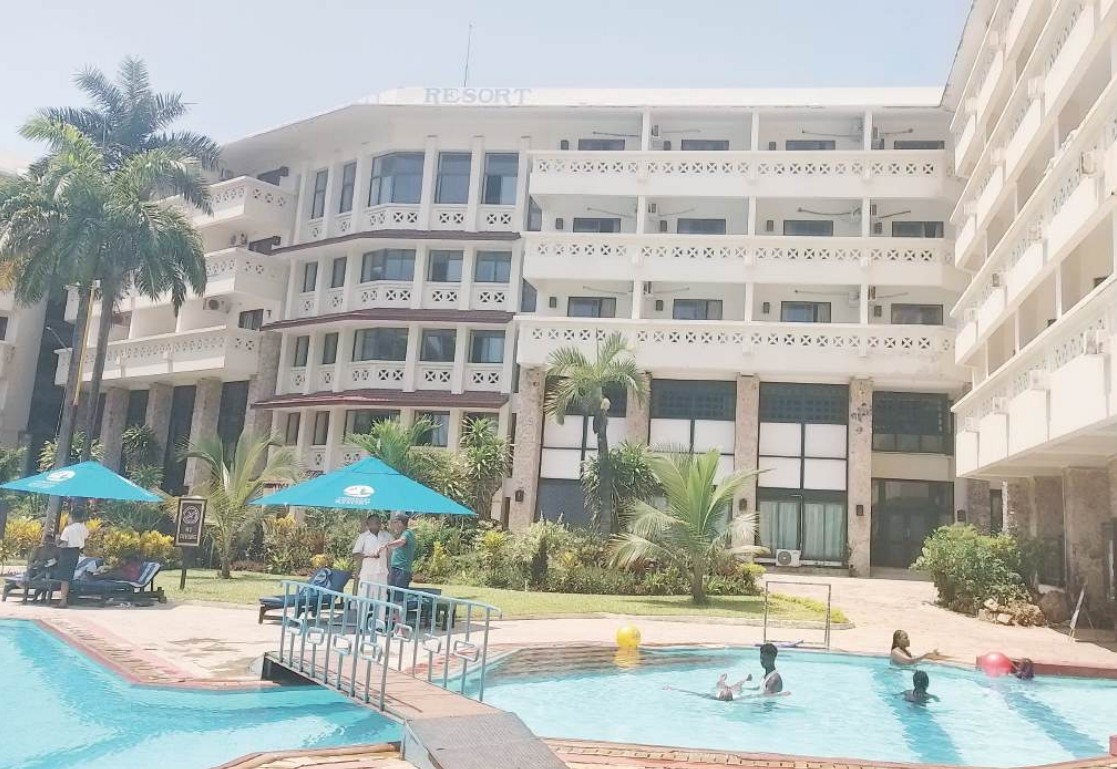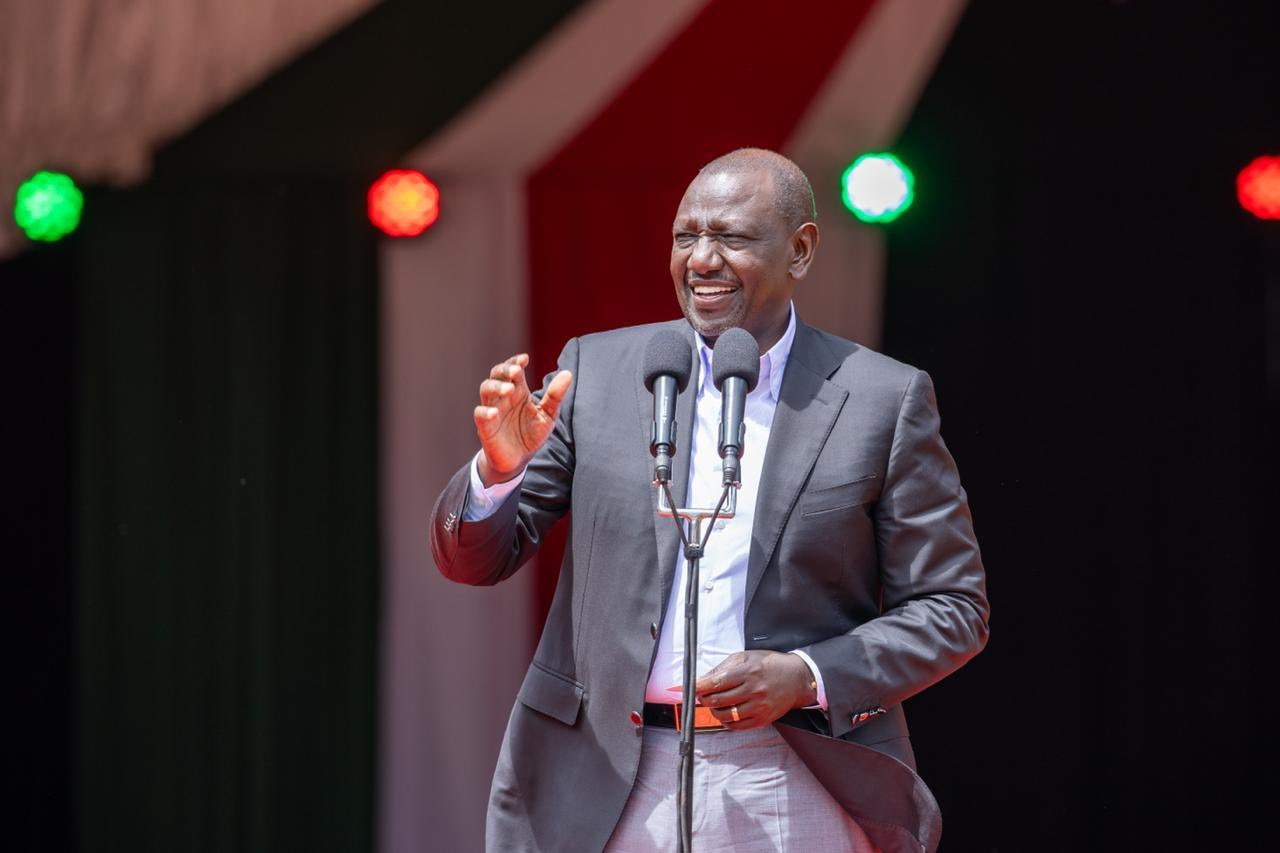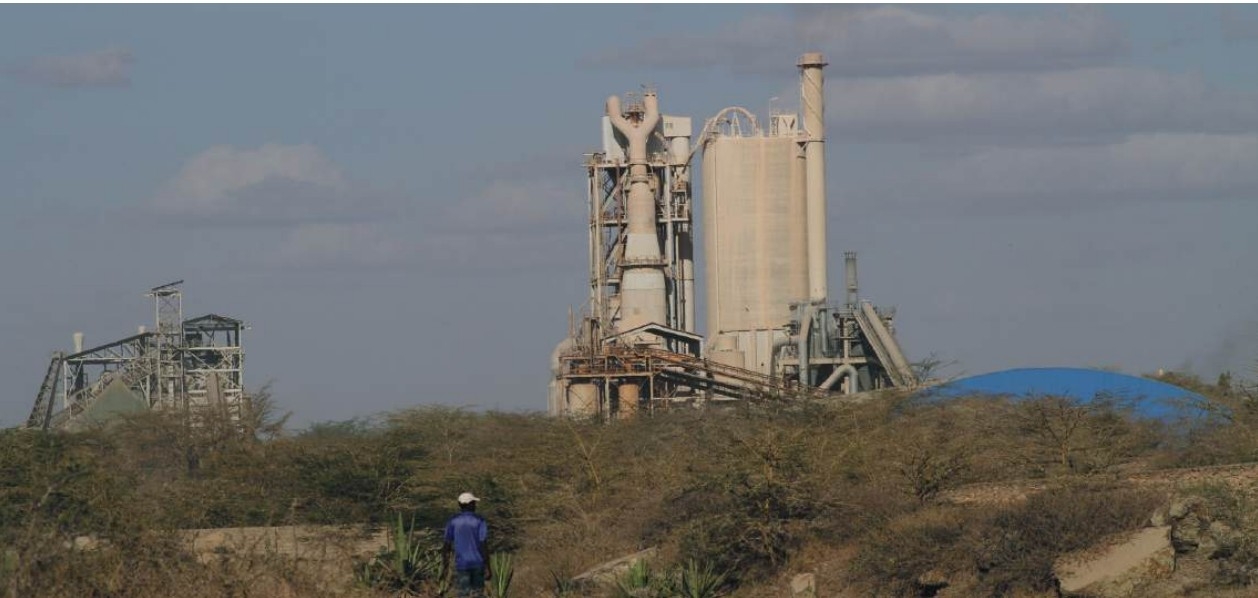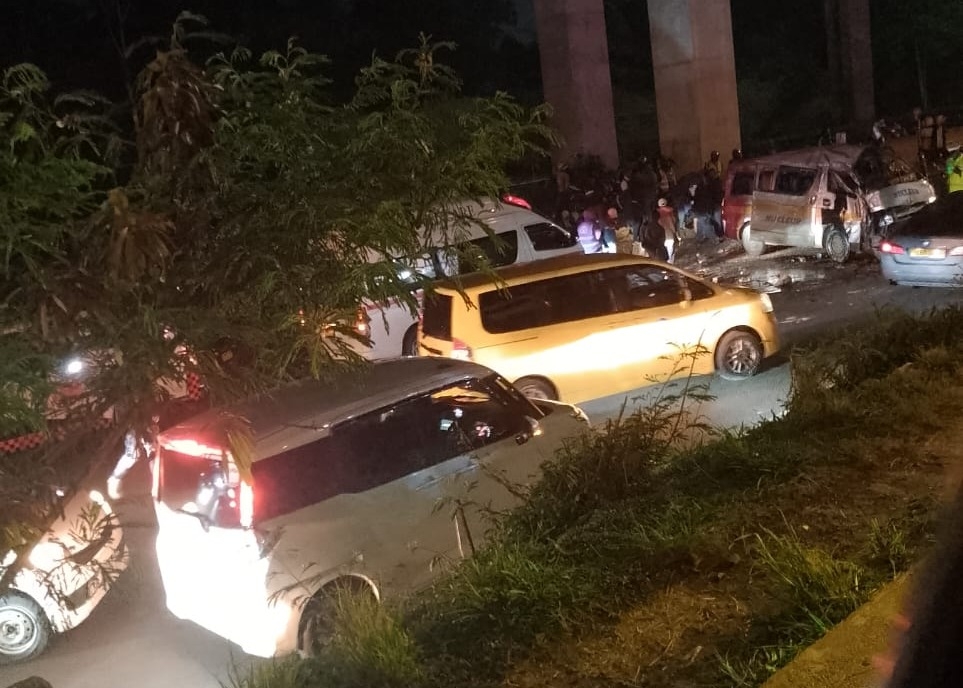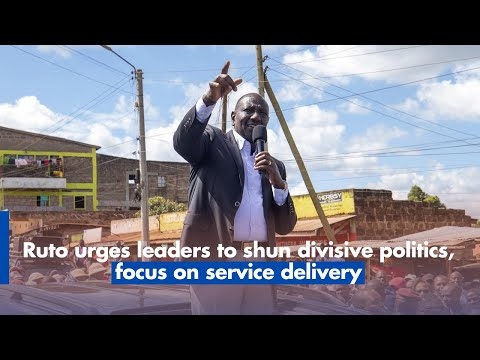
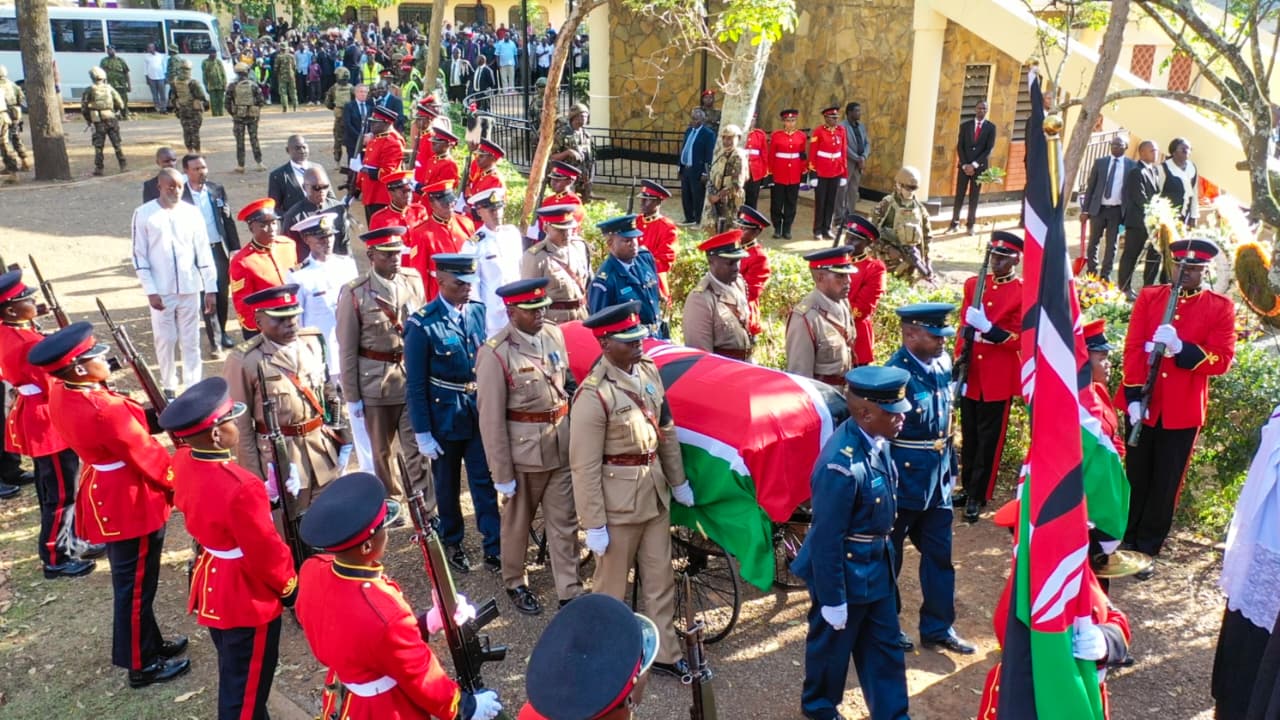
As dawn broke over Bondo Sunday, a heavy stillness settled across the region. Everyone was preparing for the final journey of not just a statesman, patriot, reformist but also the son of Jaramogi Oginga Odinga.
Raila Odinga‘s death evoked sorrow that transcended politics, uniting a nation in grief.
While news of his death had spread across every corner of the republic, his elder brother Oburu Odinga flew home on Thursday to formally break the sad news to Raila’s clan.
It is called Kelo Yuak and signals the start of mourning. It paves way for relatives and friends to converge at the homestead, a move that embodies the Luo belief that grief, like joy, is shared.
In the Luo tradition, death is not an end but a passage. The funeral, or liel, is a sacred journey that ushers the soul into the world of the ancestors while restoring harmony among the living. Each rite — spiritual and communal — affirms identity, kinship, and continuity.
For the Odinga family, interring Raila beside his father at Kang’o Kajaramogi carried deep symbolism — a return to ancestral soil and the eternal bond between father and son.
Next comes Kunyo, the digging of the grave, led by the eldest male relative — an act of respect and spiritual connection. In the past, burial followed swiftly, but today, families hold Budho, an overnight vigil of songs, storytelling, and reflection.
When the body is brought home, golo, mourners line the roads waving green leaves — oboke — and chanting jowi, a cry of collective grief. The arrival is both spiritual and emotional, marking the reunion of the departed with his origins. Viewing the body allows the community to confront loss and find closure.
The burial ceremony, Iko, forms the climax of liel. For a leader of Raila’s stature, it merged state protocol with ancestral reverence.
Prayers, songs, and blessings from family, citizens, and dignitaries underscored a life that bridged tradition and modernity. His burial beside Jaramogi reaffirmed the continuity of leadership, legacy, and struggle.
After interment, the family may perform tero buru — driving bulls around the homestead to cleanse the land and chase away death’s spirit, symbolising renewal. Later, yueyo liel — cleaning and decorating the grave site — marks closure and peace.
Despite its solemnity, a Luo funeral is also a celebration of life where the homestead if filled with food, music, and dance with reflections amid the grief. Friends often contribute livestock and labour, transforming mourning into unity.
During the funeral ceremony at Jaramogi Oginga Odinga University of Science and Technology, elders chanted Jowi, Jowi to unite the mourners in sorrow and ostensibly reunite Raila with his departed origins.
It was a solemn act of both spiritual and emotional, marking the reunion of the departed with his origins.
And as Raila was laid to rest next to his father at Kang’o ka Jaramogi, songs and prayers carried a message that was larger than loss — one of heritage, resilience, and renewal.
In the glow of vigil fires and the echoes of jowi, Raila Odinga’s spirit returned home — his legacy forever woven into the land and the hearts of his people.



